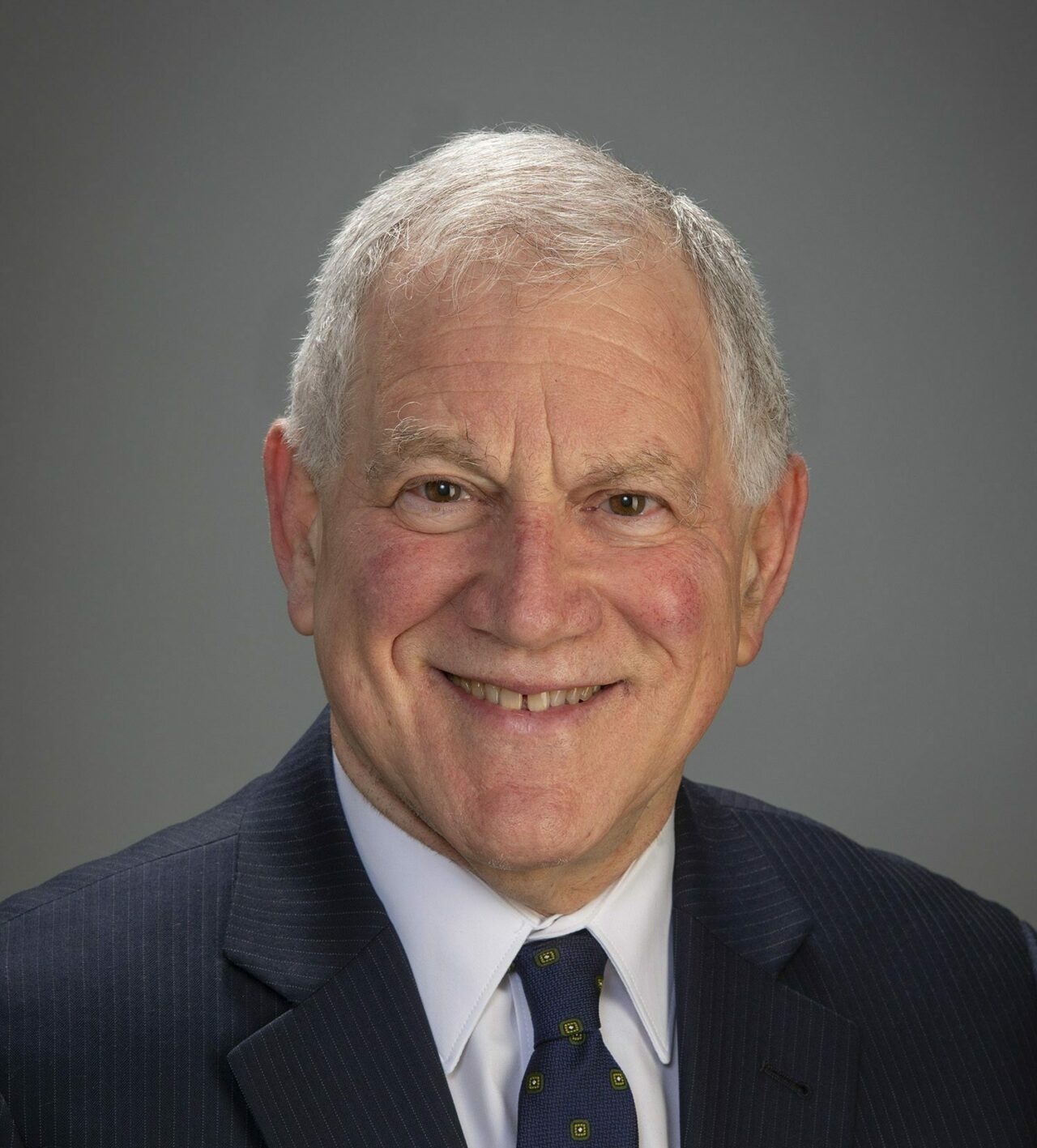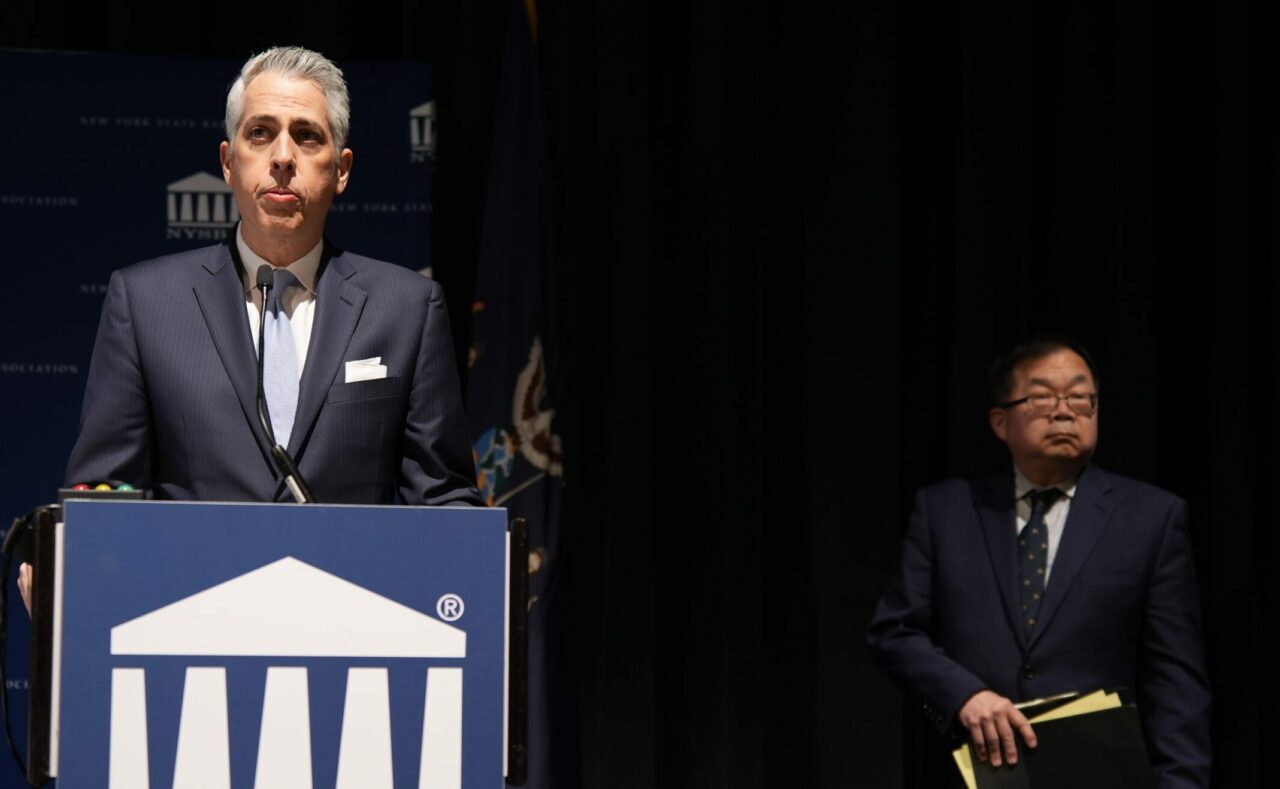Confronting Antisemitism With Historical Knowledge
2.27.2024

Antisemitism, or hostility toward Jews, has a long history – going back thousands of years and before the advent of Christianity. And while the hatred can manifest from the subtle to the overt, it has sadly persisted though the millennia, causing violence and harm to Jewish people.
At a recent Continuing Legal Education course hosted by the New York State Bar Association, experts discussed how antisemitism has evolved through time, as well as how one can fight hatred and prejudice.
In the three months following Hamas’ attack on Israel on Oct. 7, the Anti-Defamation League has documented 3,291 incidents of antisemitic rallies, assault, vandalism and harassment across the United States for an average of nearly 34 incidents a day.
Even before Oct. 7, the ADL documented that antisemitic hate crimes steadily rose throughout the past decade.
Richard Lewis, president of the New York State Bar Association, advised confronting people who make prejudicial remarks and making a point that prejudicial comments are not acceptable. “I don’t talk about it just with regards to antisemitic statements but also statements that are critical of other racial and ethnic groups,” he said.
Domenick Napoletano, president-elect of the New York State Bar Association, said he would demand that a person who made antisemitic remarks leave his office.
Paola Tartakoff, professor and chair of the Department of Jewish Studies at Rutgers University, said that educating the people around us is important. “Depending on the power dynamics and one’s positionality, different responses might be harder or easier,” she said. “One has to weigh the pros and cons of what one says and when one says it. There is always the option of speaking with someone one-on-one later on. And one wants be sure to speak in a way that will enable the person to listen and not just be defensive… If there is still a chance to speak to that person, there could be a way of making a difference to how that person might speak or behave in the future.”
Tartakoff led the virtual training, which more than 400 people attended.
Antisemitic Tropes Then and Now
“I want to stress how important it is to grasp that Jews are ethnically, culturally, religiously – in terms of degree of practice – and even politically, and in every other way, diverse,” said Tartakoff. “This diversity is key because antisemitism contends otherwise. Antisemitism paints all Jews with a single brush… What antisemitism does is conjure an imagined Jew who in fact reflects its conjurer’s own fears and anxieties over and above anything that is true about actual Jewish people.”
For example, Tartakoff explained that in the 11th and 12th centuries, Europe transitioned to a money-based economy, creating new money-based professions like bankers and moneychangers. While the vast majority of the people in these professions were Christians, Christian preachers characterized the “dangers” of these activities with anti-Jewish rhetoric.
“In creating the figure of the wicked Jewish moneylender, medieval Christian moralists were in fact projecting onto Jews their own anxieties about their own rapidly changing society,” said Tartakoff.
For centuries, this has persisted as a myth that Jews are greedy, drawn to money or responsible for the ills of capitalism – or contradictorily, communism. For several hours in 2022, a Google search for the word “Jew” based on that stereotype led to this definition: “Bargain with someone in a miserly or petty way.” Google took down this result after many online pointed it out.
“We find mainstays of today’s negative characterizations of Jews lodged deep in our cultural bedrock,” said Tartakoff. “Antisemitism engages narratives that are deeply embedded in our consciousness, and its expressions continually evolve to reflect new conditions.”
The program was sponsored by the Task Force on Combating Antisemitism and Anti-Asian Hate and the Committee on Diversity, Equity, and Inclusion. View the full training here.
This antisemitism training was the first in a series of anti-bias programs. The association also plans to offer programs on Anti-Asian hate, Islamophobia, and related topics as part of its mission to educate and inform the public.






